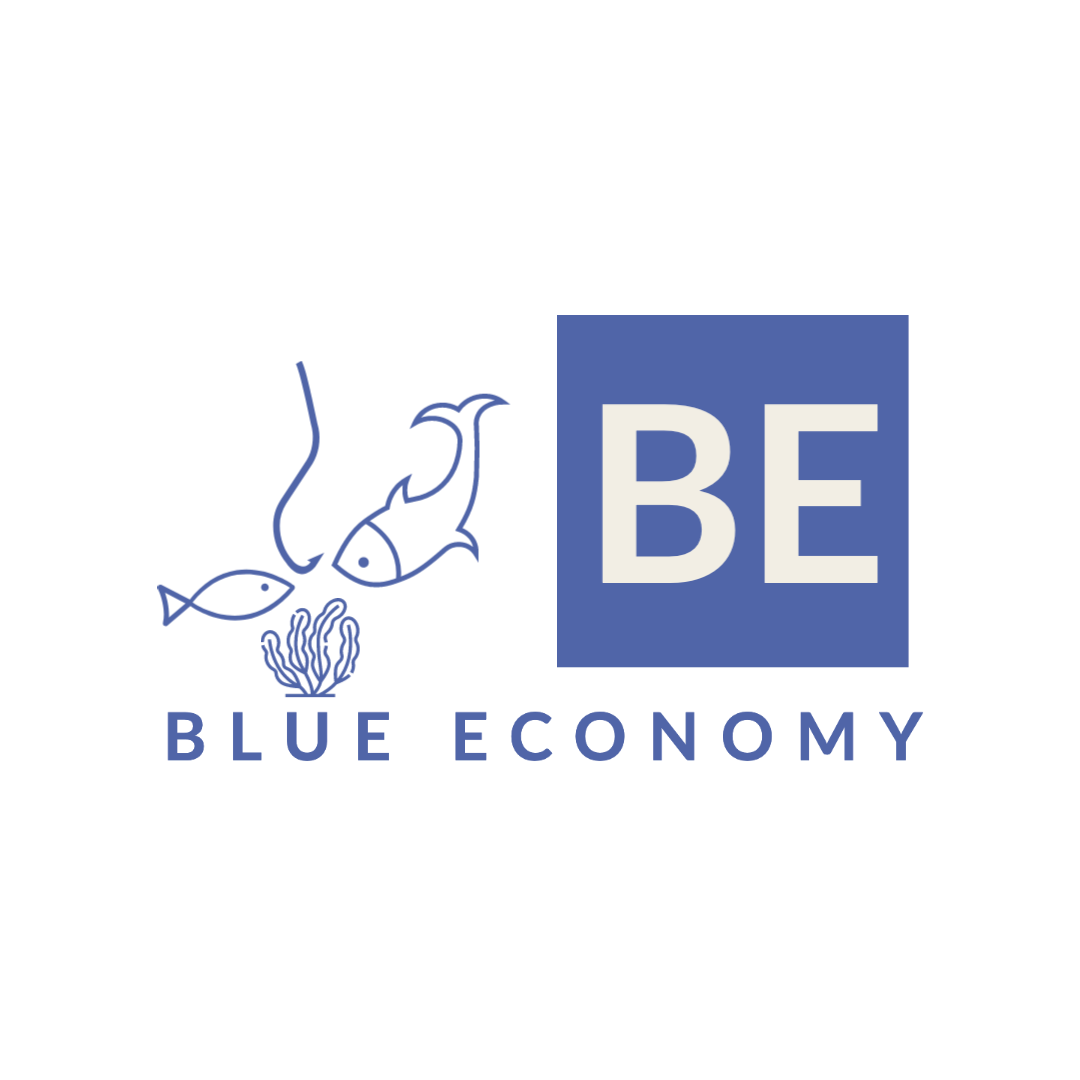By Alfred Oduor and Fiona Makayoto
The interplay between local micro-economic factors juxtaposed with gender dynamics in the context of environmental conservation determines – to a large extent – the social welfare and wellbeing of a community.
In communities where economic activities and associated benefits take into account environmental factors while creating an optimal balance between production systems deriving equal benefits for men, women and the youth, the socio-economic dividends are always more than the sums of its parts.
In Kenya’s coastal region, men have been the dominant players in exploiting and benefiting from marine resources; women have often been pushed to the periphery of the blue economy value chain. And due to the patriarchal nature of most coastal communities coupled with cultural socialisation, women find themselves at the lower echelons of the marine resource value chain.
In Kibokoni Village of Kilifi County in Kenya, women have always depended on men to get fish. But why is this so? It is because they lack the knowledge, experience and the necessary resources to exploit marine resources. And, therefore to supplement their household income, women have often depended on forests where they cut trees to sell as firewood in the local market.
But this economic activity, apart from being destructive to the environment, is also not sustainable.
For this reason, women in Kibokoni came together to form Umoja Self-Help group where they were supported to venture into aquaculture as a new form of economic activity. They came together and dug ponds and started fish farming.

Women from Umoja Self-Help Group in Kibokoni -Kilifi County harvesting fish from the ponds
And now, the economic tide is slowly shifting in favour of women; interestingly, men and the youth are also benefiting.
“We used to suffer so much because we had to go to the forest, cut trees for firewood and sell in Kilifi and also make coconut leaves. But when this project came, it started to help us. We were supported to dig the ponds and later we got prawn fingerlings from the creek,” said Christine Tsori, the chair-lady of Umoja Self-Help group in Kibokoni.
She adds “Women cannot go into the deep see because we are not good in swimming. That is why we can’t go into the deep parts of the ocean to fish”
Buy why would they engage in aquaculture yet they are adjacent to a massive water body in the form of the Indian Ocean, teeming with various form of marine resources?

The chairlady of Umoja Self-Help Group weighing fish caught from the pond.
“In the ocean there are violent tides and as women we cannot fish in the ocean. The fish from the ocean is not enough, you could get 2 kg, but here we can get up to 50Kgs which can fetch you enough money” said Ms Tsori.
The ponds enable women to get fish throughout the season unlike the Ocean where there are times when the fish is scarce.
“We get fingerlings from the creek and farm them in the ponds. Because if you farm prawns in the ponds, it takes three months to mature then harvesting is done. Prawns only take 3 months to mature. So in one year, we harvest three times” she revealed.
Her sentiments are echoed by Hamold Mramba, who is also the secretary of the group.
“It is not easy for women to go into the deep sea because of the waves. There is also congestion because currently the fish can only be gotten in the deep waters where there are waves. But because of these ponds, it is a place they can access any time and can also get fish all the time. There is no low or high season. They can now meet their needs all the time” said Mramba
The group makes about Ksh 22, 000 (US$ 220) a month through sale of the fish.
“In our ponds we have milk fish, marine Tilapia and rabbit fish, which is very popular. On average we can get about Ksh 22,000 per month, but we get often more than that” said Mramba.
To enhance fish production in the ponds, the group would like to have a machine which would help them make feed for the fish and also a hatchery where they can get prawn fingerlings
“We would like to get a machine that can help us make fish feeds. And if we can also get a hatchery for prawn fingerlings. This way, we will have fish throughout the year” said Tsori.
And now, a new technological initiative is set to take aquaculture production in the coast region to the next level. Dubbed the Blue Empowerment project and funded by the International Development Research Centrre (IDRC), the initiative aims to empower fisher women in Kenya’s coastal region through adoption of climate-smart integrated multi-trophic aquaculture (IMTA) of seaweeds and fish for improved livelihoods and resilience.Other institutions involved in the initiative include Kenya Industrial Development Research Institute (KIRDI), Kenya Marine Fisheries Research Institute and Kenyatta University.
According to the Kenyan marine Fisheries Research Institute (KMFRI), although aquaculture is becoming increasingly sustainable, the availability of aquaculture inputs—land, freshwater, feed, energy— is limited, and will likely become even more so in the future. Given the increasing scarcity of water, land and other aquaculture resources, adoption and upscaling of climate smart aquaculture technologies, innovations and management practices will be the key to maintaining the required growth of aquaculture to meet the increasing demand for fish in Kenya and beyond.
Kenya has made remarkable progress in promoting aquaculture. In the past 20 years, fish farming in Kenya has evolved from playing a relatively minor role to become more integrated into the national fish food system.
